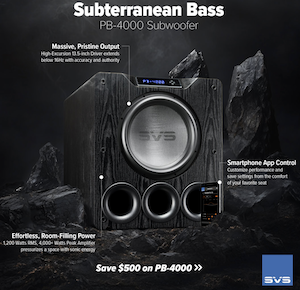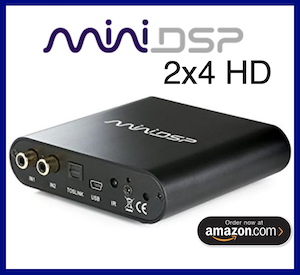No, of course the mic can’t itself be calibrated. However, its properties will be altered with changes in temperature and humidity, as is the case with any transducer, and that's what the calibration is for.
Below is a graph from a little experiment I did a number of years back. It was a cold winter day (for Houston at least), and it was 73˚ inside the house. After taking a measurement, I set the mic on the floor where sunlight was streaming in a window. The thermometer registered 86˚ in the sun. After a half hour or so I took another reading. The red trace is the reading from the warmed-up mic. As you can see, response is reading 1 dB or so higher across the board for the 86˚ sweep.
Two REW readings, mic element at 73 vs. 86 degrees
Naturally, this is mainly only relevant for industrial or commercial noise surveys, where measurements might be taken in the dead of a Minnesota winter or a south Texas summer, not so much for home theater applications. All the on-site calibration does (via the outboard signal-generating calibrator device) is compensate for any deficiencies in performance the mic might display as a result of immediate ambient conditions, so that an accurate SPL reading can be acquired.
Regards,
Wayne













